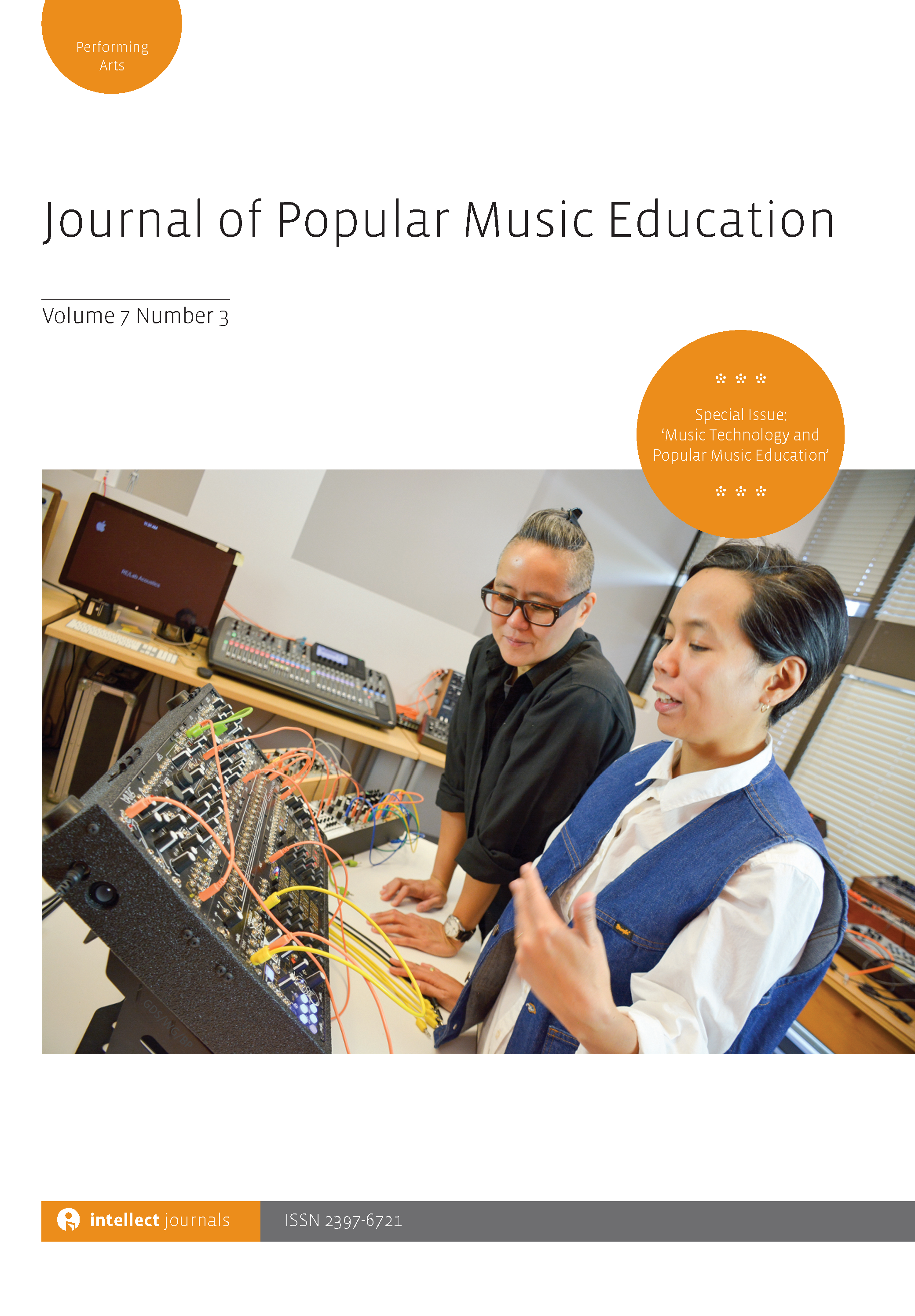
Full text loading...
 , Donna Hewitt2
, Donna Hewitt2
This study examined college music administrators’ attitudes towards popular music in tertiary settings. Participants (N = 92) completed a Likert-type scale survey that solicited administrators’ overall attitude towards popular music education, coursework and degree plans. Additionally, data were collected through written comments regarding challenges to implementing curricular changes. Descriptive data revealed that administrators’ overall attitudes towards popular music and its inclusion in higher education settings are mostly positive. Participants’ responses to open-ended questions revealed that limited resources, budgetary concerns and pressure to have fewer credits in degree programmes are challenges to curricular changes that include more popular music opportunities. With these findings, we suggest that while college music administrators may be in favour of popular music initiatives in higher education, the ways in which they can be enacted through curricula will vary based on the unique opportunities and challenges at each institution.

Article metrics loading...

Full text loading...
References


Data & Media loading...

Publication Date:
https://doi.org/10.1386/jpme_00069_1 Published content will be available immediately after check-out or when it is released in case of a pre-order. Please make sure to be logged in to see all available purchase options.